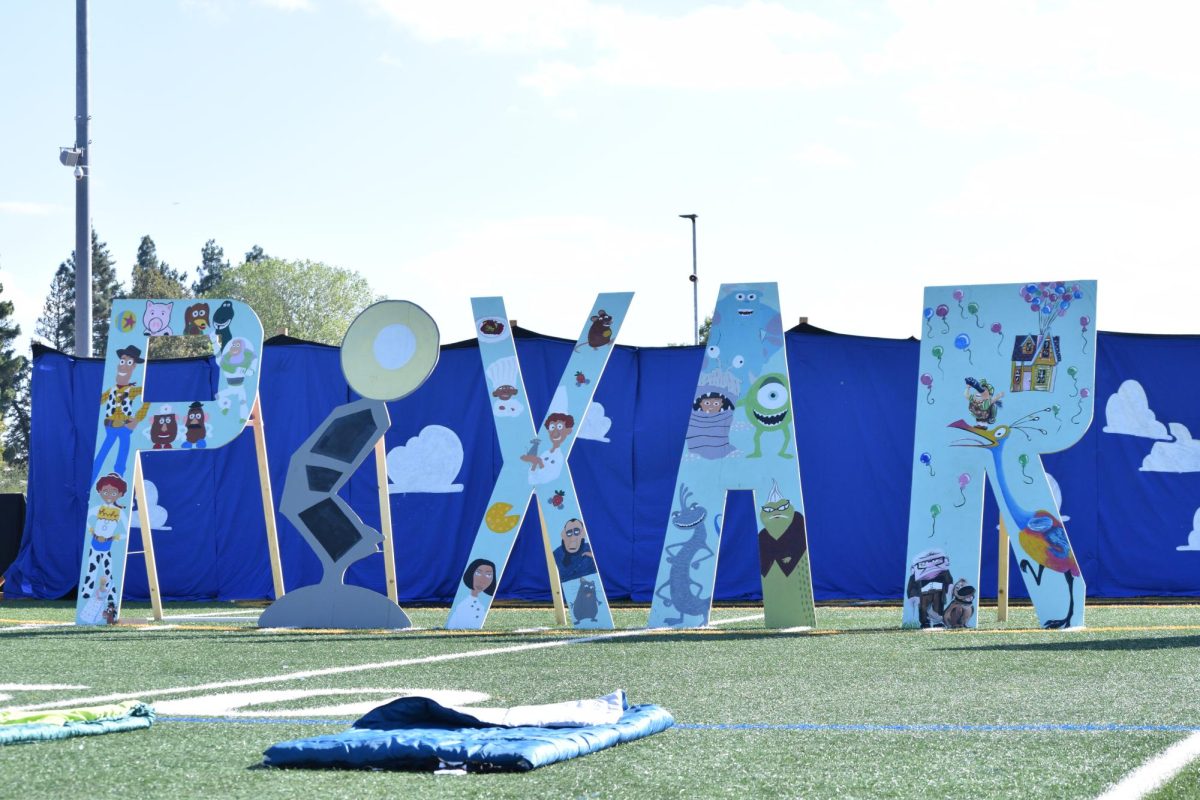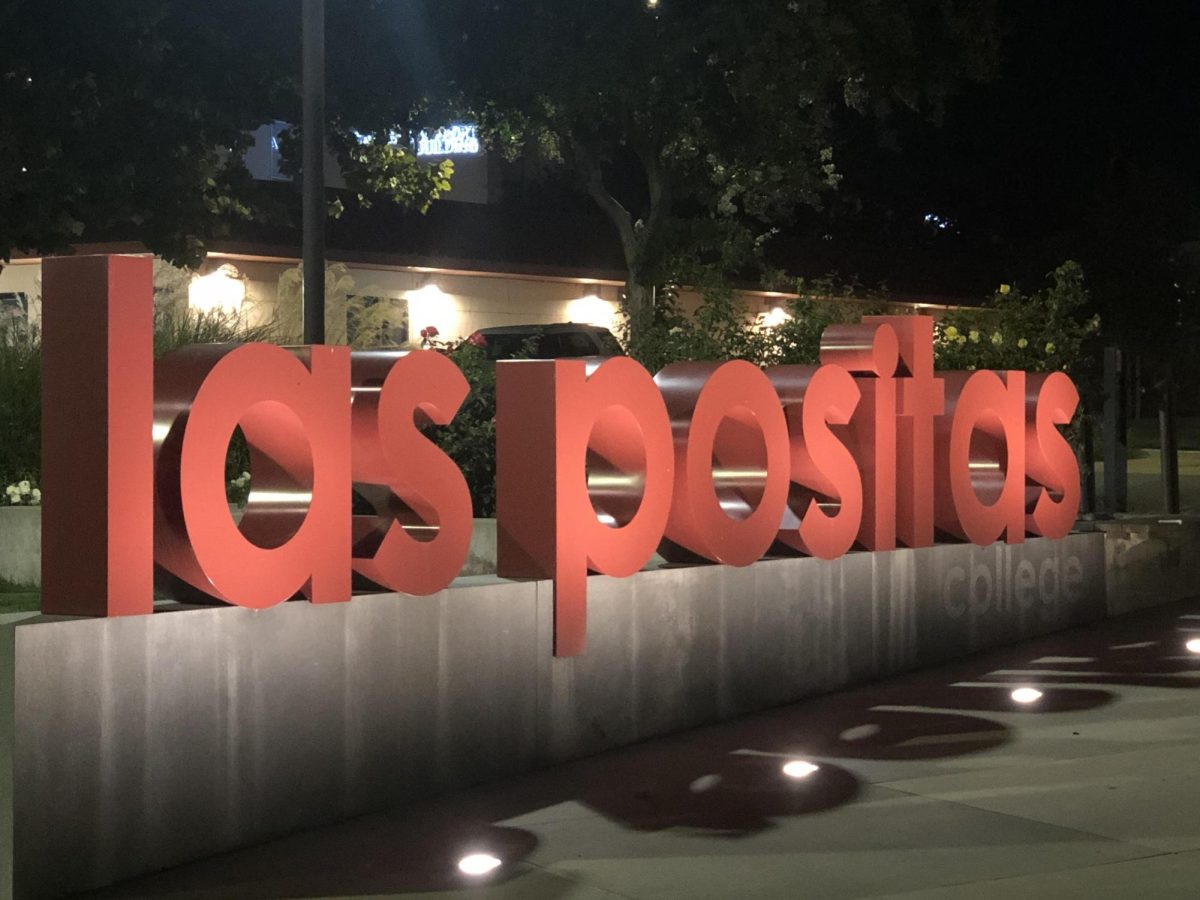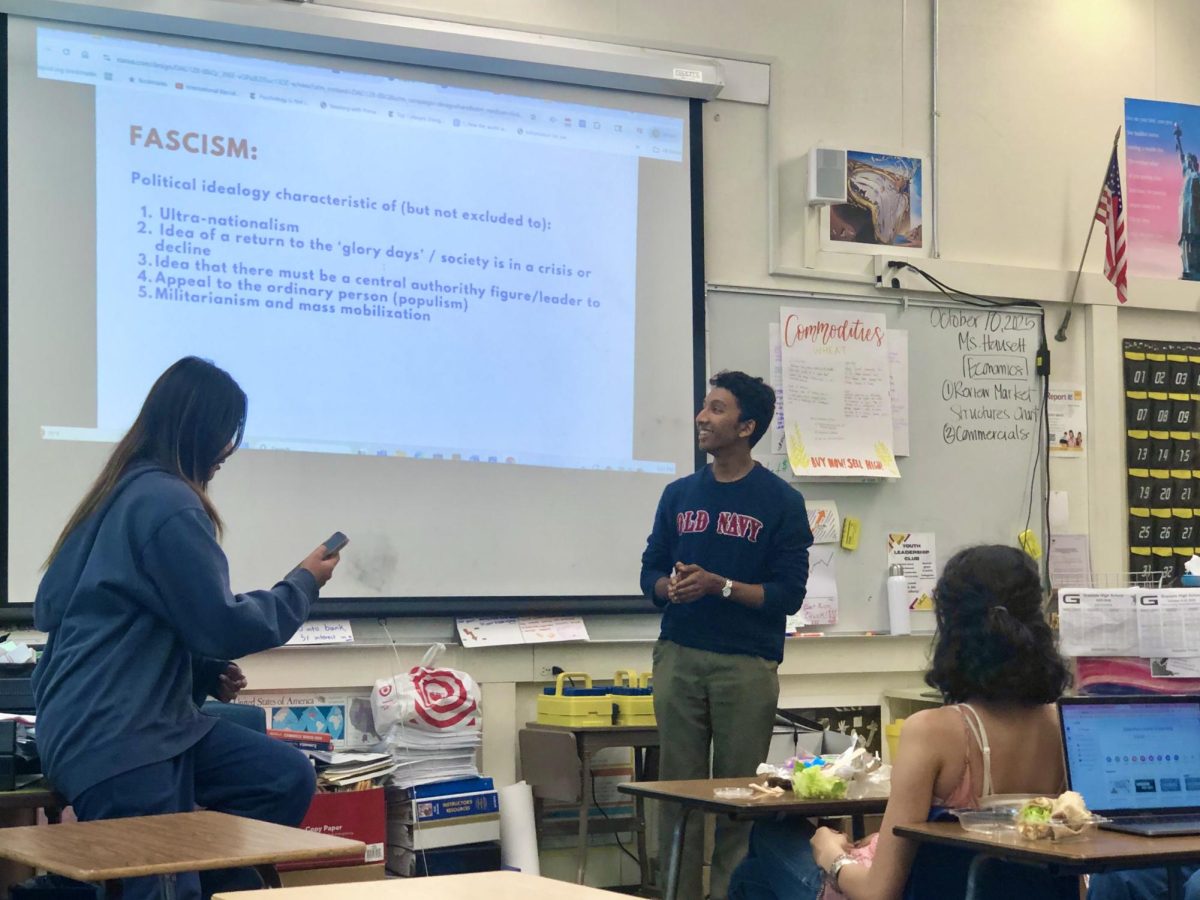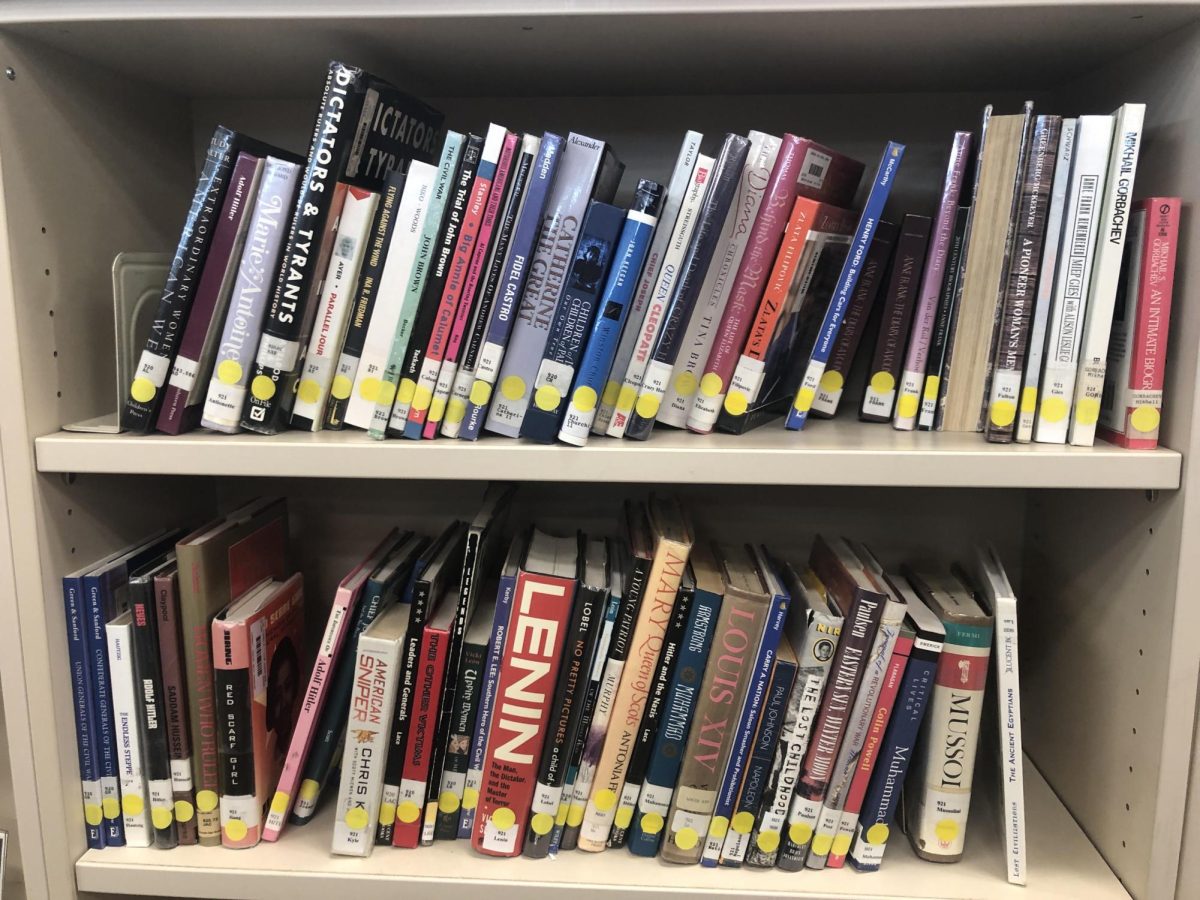In recent years there has been an increase in concern over America’s literacy rate. As of 2024, the National Literacy Institute (NLI) has reported that 21 percent of U.S. adults are illiterate, 54 percent are below a sixth grade reading level, 44 percent do not read a book in a year, and 45 million U.S. adults are functionally illiterate.
One of the many issues causing the literacy crisis is a shortage in teachers. According to the NLI, the most affected areas of the teacher shortage include English language teachers for both native speakers and second language speakers. Thirty-four percent of illiterate Americans were born outside of the U.S., so the lack of resources for non-native English speakers is especially critical.
There is also a significant correlation between illiteracy and poverty. Seventy-five percent of Americans on welfare cannot read, 20% of Americans read at a level below what is needed for most livable-wage jobs, and nearly 70% of low-income fourth-graders fail to meet basic reading standards, while overall, 40% of students fall below these same standards.
Since crime is related to poverty, illiteracy and crime correlate as well. Sixty percent of all prisoners are illiterate, and 80% of juvenile offenders are illiterate. According to the NLI, literacy is such a big predictor of crime that some states use elementary school reading tests to determine the necessary amount of accommodations in prisons in the future.
The impact this has on the economy is drastic. The NLI estimates that low literacy rates cost the U.S. up to 2.2 trillion dollars every year due to a combination of social program costs and decreased efficiency in the economy. School dropout rates cost the U.S. 240 billion dollars annually due to social service expenditures and lost tax revenue.
To get a better understanding of the impact of this trend on Granada’s community, GHS English teacher Mr. Gresham explained his approach to teaching literature as a focus on critical thinking instead of simply focusing on the events in a text.
“I felt, this year, as though students just have not come prepared to have those kinds of conversations… There are certainly exceptions to that—students that are doing their reading—but it’s my impression that it’s a smaller percentage, and I feel like that’s a missed opportunity and a loss,” Gresham said.
A key issue for English teachers is motivating students to take the time to read at home. In an age where reading for pleasure is becoming less and less common, students seem to be more averse to reading on their own in general.
“We don’t have time to read the entire book together in class, as much as I’d enjoy that. We have to talk about writing, we have to talk about critical thinking, we have to talk about grammar, we have to talk about transition sentences, we have to talk about crafting a strong thesis, et cetera. It’s impossible to read the whole book in the class, so it’s incumbent upon you to follow along,” Gresham said.
Facing these challenges, Gresham has worked to adapt his teaching style. “My intent is to have the students work together with their tablemates to develop their understanding,” Gresham said.
For individuals in America’s classrooms, our literacy crisis is not only a decline in statistics, but a decline in unquantifiable things such as our capacity to think critically, and the fact that these effects are so widespread and so identifiable is a testament to their gravity.




























